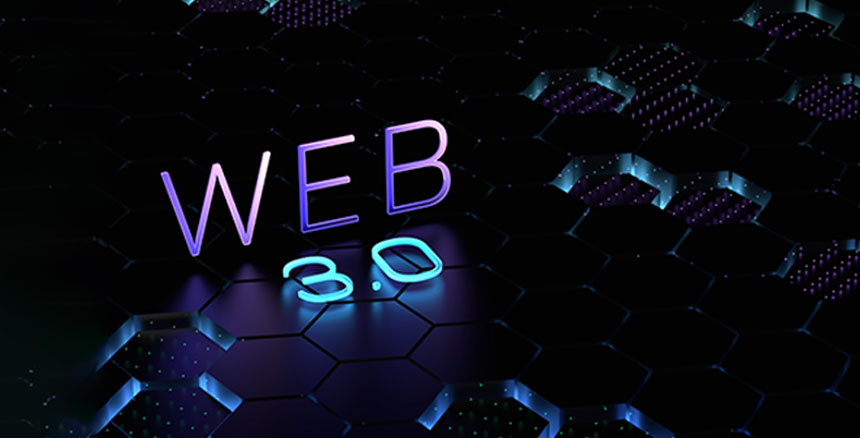It´s an evolving concept that promises to reshape the way people interact with the Internet. What was once a simple reading network with a limited number of content producers is now a powerful tool for creating, storing and sharing data.
Since 1991, when it was made official, the web has worked as a kind of experiment that has been clarified over the years, according to the technological conditions of society and the specific behaviours of the users.
From Web 1.0 to Web 3.0. The evolution
All started with Web 1.0, which gave users access to content around the world with just a few clicks. Although revolutionary at the time, it offered few interaction possibilities between the visitor of a page and its content. It became an environment where many consumed, but few produced.
In the course of time, the version was improved and introduced to the public as Web 2.0, where the goal was to incorporate the user into the virtual world, making them a central character of the worldwide network through platforms such as YouTube, Wikipedia and social networks, where they could produce any kind of content.
Web 3.0 came up – a new era that combines the goodness of its predecessors with an original detail: the artificial intelligence (AI), where machines become partners of the users in producing content and developing online experiences, providing a more customized and interactive use.
But what’s new about Web 3.0?
The new web has three concepts: decentralization, through independence from banks, government agencies, demographic boundaries, or company technologies; privacy, where the goal is to avoid personal data’s exposure, discomfort with tracking and the leakage of targeted advertising; and virtualization, nourishing the digital world and the reproduction of virtual experiences.
Over time, users have come to understand the importance of preserving their privacy and, with the unregulated exploitation of user’s information by companies like Facebook, for example, Web 3.0 has emerged to ensure data security.
Through technologies like encryption, users have full control over their own data – and instead of expecting companies to personalize their experiences, they can shape their own browsing with artificial intelligence. Thus, users will be able to strengthen blocks to trackers and to avoid digital ads more easily.
Web 3.0 search again voice assistants, such as Siri and Alexa – softwares that learn to recognize the voice of device owners and, from interaction to interaction, updates the information they know. It is still being improved to meet all users demands, but the tendency is that it will be continuously developed over time.
The visual elements have always been fundamental for a better user experience, something that is even more relevant when we talk about e-commerces, where performance depend on the consumer’s understanding of the product. Web 3.0 promises to increase three-dimensional graphics through advances in areas of virtual and augmented reality, as is the case with museum or real estate websites, where visitors can make virtual tours as if they were at the place in person.
It’s also true that social networks are being maintained, but they are taking more distinction. If before the platforms were used for pure entertainment, to increase sales or to strengthen the digital reputation of brands, they now adopt a character of social dependence. That is, they have an ownership relationship over digital assets, one of those examples are NFT, which afford ownership over art pieces, music, collectibles, and even game items.
The emergence of the new era in the worldwide network doesn’t represent the extinction of Web 1.0 or 2.0, but rather a continuous development process where it becomes essential to follow the new trends.
By: Filipa Ribeiro, Press Officer Trainee

